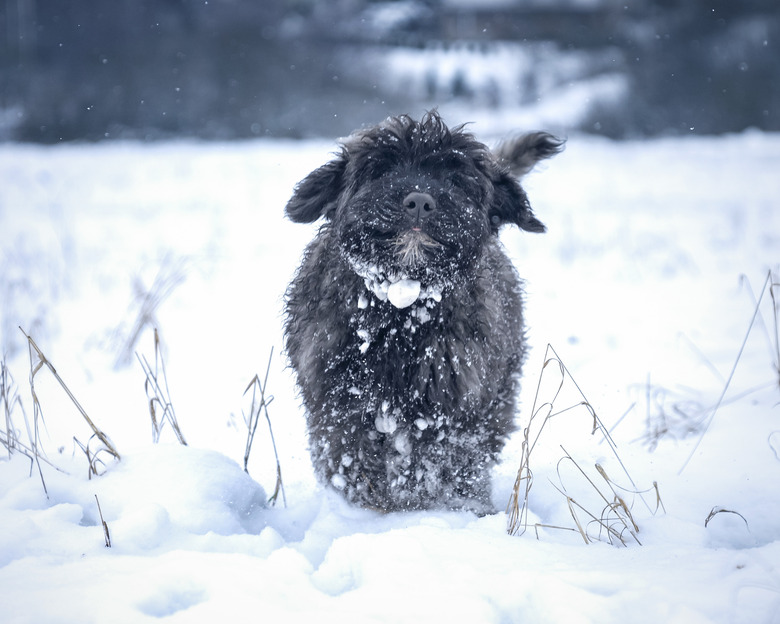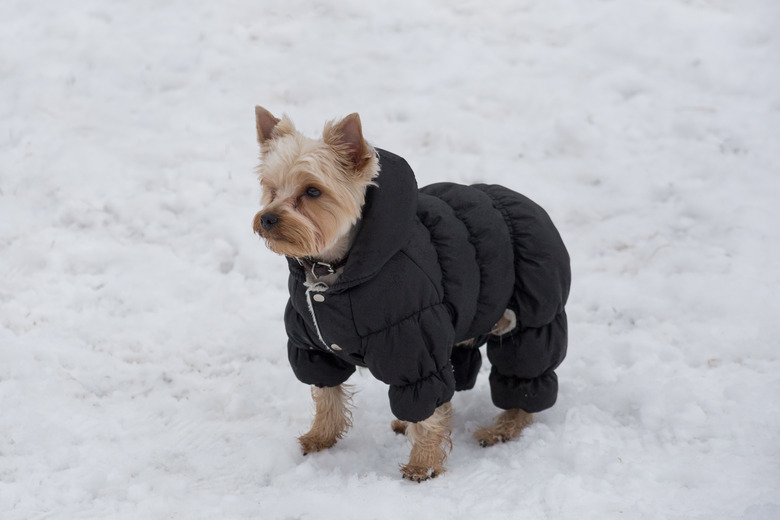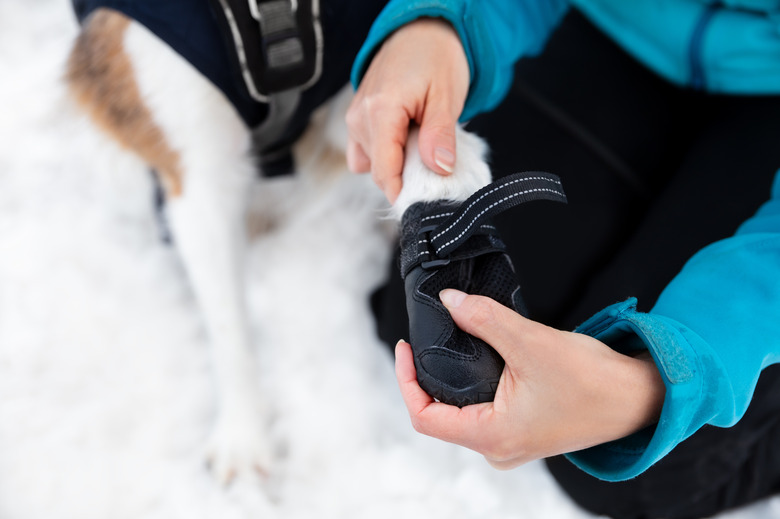How To Prevent Snowballs On Your Dog
Winter weather is here and a problem that many dog owners face is taking their dog outside and noticing snowballs building on their dog's legs and body. The ice and snow buildup on your dog can not only be unsightly but most importantly uncomfortable for your dog.
Why do dogs get snowballs?
Why do dogs get snowballs?
The amount of snowball buildup on your dog depends on what kind of fur they have. Long-coated dogs are most at risk of getting snowballs attached to their legs or body. When your dog is walking or playing in the snow, the snow and ice can quickly start to attach to their coats. These snowballs can pull at your dog's skin and coat in uncomfortable ways. Snowballs can also form in the fur on your dog's feet and in between their toes. This can also make walking very uncomfortable for them.
Preventing snowballs
Grooming
The easiest way to prevent snowballs from sticking to your dog is to keep them regularly groomed. If possible, you should keep the fur on your dog's legs and feet trimmed. If you aren't sure how to groom your dog's feet there are tutorials online, and you can learn to groom at home. A professional groomer or people involved with your local breed club may also be able to help you learn. You can also take your dog in for regular professional grooming as well. Keeping your dog's fur trimmed ( as per personal preferences or by breed standards) neatly around their feet and in between their toes will help to prevent snow from having anything to stick to.
Snowsuits
Dog clothes are not only cute — they also can be very practical for them in cold weather. Properly fitted snow outfits can keep body heat in and keep your dog warm in the winter when out on walks They can also protect your dog from snow or ice balls by protecting their coat from being exposed to the weather. When selecting winter outfits for your dog, be sure that the clothes are designed not just to keep your dog warm, but also to keep your dog dry. For example, when knit sweaters get wet they will likely stay cold and wet — leading to more snow/ice balls to build up. Dog outfits designed for the snow will be water-resistant and keep your dog dry and snowball-free.
Paw balm
Paw balms and waxes are designed to moisturize and protect your dog's paws. They can also prevent snow from sticking to your dog's paws. Paw balm can also help to give your dog traction while walking on the ice. Paw balm can be purchased at most pet stores, or online at Amazon. You can also use bag balm or coconut oil.
Boots
One of the best ways to prevent snowballs from building up on your dog's feet and legs is to have them wear shoes or booties anytime they are going out into the snow. Booties will not only keep your dog's feet dry and prevent snowballs from forming, but they will also protect your dog's feet from other snowy hazards. They can also prevent your dog's feet from getting cut by sharp ice and prevent irritation from salt and chemical deicers that may be out on the neighborhood and city streets. Plan ahead to make sure you get the boots appropriately sized for your dog, and introduce them to wearing the boots using positive reinforcement training methods.
Removing snowballs
Removing snowballs
If snowballs do stick to your dog's fur, it's important to gently remove them as soon as possible. There are a lot of viral videos about quick hacks for removing snowballs using tools like kitchen whisks, and while this may look fast, using a whisk can cause coat breakage, pull uncomfortably on your dog's fur, and catch one of your dog's dewclaws by accident. The quickest and easiest way to remove snowballs from your dog's paws and legs is to use a bowl of dog paw washer filled with warm (not hot) water. Gently dip your dog's feet into the warm water to melt and dissolve the snowballs that might have built up.
Many dogs enjoy playing in the snow, but it's important to keep them safe and comfortable when they do so. Snow buildup up on your dog's feet or legs might look funny, but this can be uncomfortable for dogs. To prevent this from happening while they are out in the snow it's best to keep your dog well-groomed. Then, use paw balm, dog snow outfits, and/or boots to prevent snow from building up on your dog's fur.


